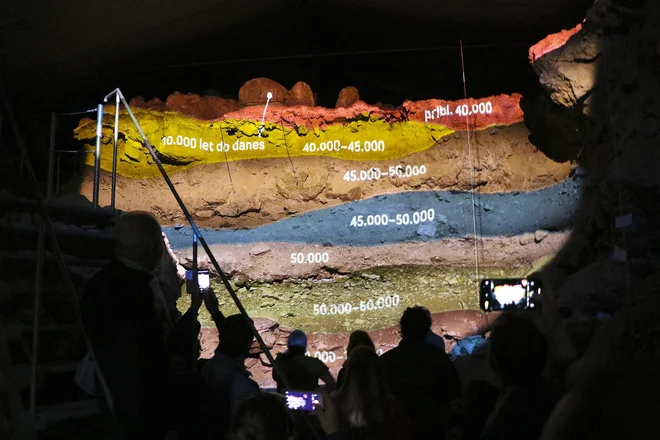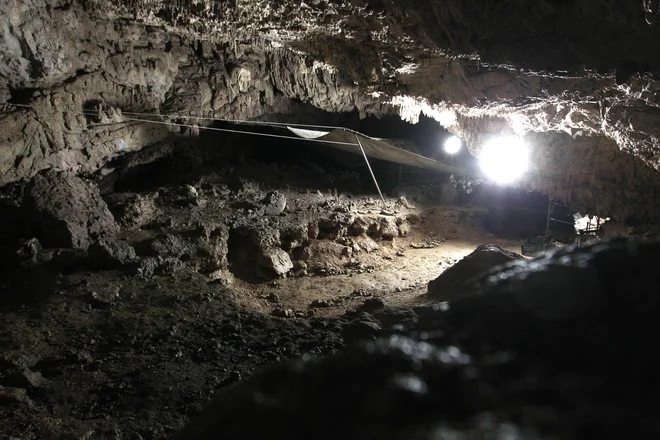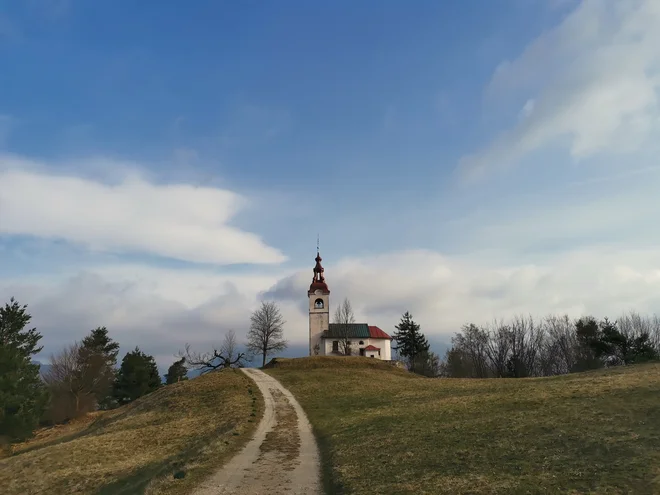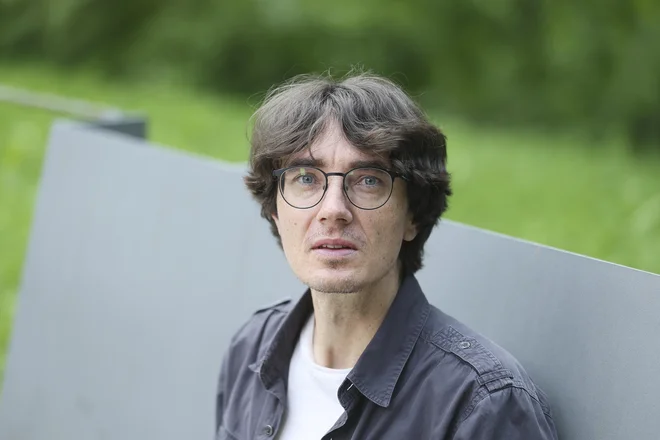60,000 -year -old Tidldibab, mystical sound from ancient times

About eleven inches large bone with symmetrical holes in the middle is still one of the most important archeological discoveries on Slovenian and European soil. Exactly thirty years ago is an archaeologist Ivan Turk in the cave Wild Babe in Cerkljanskoin a steep rocky slope of the Šebrelj plateau, discovered the oldest musical instrument in the world. An unusual musical instrument that neither a flute nor flute was staged near the remains of a 50 to 60 thousand -year -old hearth.
It is made of the left femur of a young cave bear, into which a Neanderthaler made four holes and a cut edge on the lip with a stone and bony tool, which, along with a special game of play, allows for even complex music. A valuable object, which represents not only the birth of musical art in the older stone era, the Paleolithic, but at least symbolic the beginning of man’s abstract thinking, will be on the round anniversary of the location of local and national attention.
A small bear bone whistle, a fragile, extremely valuable object, which lives in the National Museum of Slovenia, is the only evidence of the existence of a cave man – a Neanderthal in our territory, and at the same time an indication that the Neanderthal was deeply developed. A sixty thousand -year -old music from Wild Babs is about 20,000 years old from other similar whistles. The bones of more than sixty animal species, a variety of stone and bony tools, and the remains of the Ice Age, were found in the cave. But the most important was the whistle.
An unusual musical instrument that neither a flute nor flute was staged near the remains of a 50 to 60 thousand -year -old hearth. Photo: Gregor Kacin
The first ambassador
Archaeologists are convinced that in the caves in the Šebrelj area they would discover the skeleton of a Neanderthal, which would finally commit the mouth to all possible doubts about the origin of the whistle, but the excavations require financial resources, which the state does not give. However, Neanderthal’s flute nevertheless got her (first) ambassador, namely Macedonian-Slovenian musician and professor Love Dimkaroski.
When he gifted a replica of the musical instrument, he began for him, as he said, a new sound path and enriched his life. He was able to play many classic works on the whistle, from Ravel and Beethoven to Bach. “There is almost no aria for soprano or tenor, as well as for baritone that could not play. These are arguments in favor of the technical perfection of the instrument, « he told about fifteen years ago Work.
Dimkaroski’s mission is continued today by versatile musician and multi -instrumentalist Boštjan Gombačwho tackles the flute to the reconstruction of the whistle with immense respect. “There is always some record in the sound of a whistle, no matter what reconstruction I play. Something mystical. A sound that I can describe, but it is difficult to explain what is happening when this sound is produced, « he said in a conversation. It is clear from the shape of the whistle that it is a work of man and not nature. The bone is so ergonomically sophisticated and adapted to the right -hander musician that it is impossible for this to be a coincidence.
Gombač will perform quite a few concerts on Tidldibab this year, such as the Turk-Turk-based musical instrument, his own and the name of the cave, Ljuben Dimkaroski, in addition to music events on the anniversary of the National Museum of Slovenia and the Cerkno Tourism Institute, together with other institutions, are preparing more events, from the music and expert. For children and adolescents and smaller exhibitions, which will set up the questions and visitors to answer the questions of what the music is, what kind of path has ‘walked’ in 60,000 years and how the past sounded.
The opening will be held on May 20 at the premises of the National Museum, and in December the exhibition will move to the Cerkno Museum. The word about the whistle, the archeology, the wild babe cave, the importance of music and art will travel throughout Slovenia and elsewhere throughout the year.

According to a recent fire exercise, this is the first object to be resolved at the National Museum of Slovenia. Photo: Dejan Javornik
About a thousand five hundred people visited the cave last year, 15 percent more than the year before. There were tenths of foreign guests. The role to be recognized by the wild babes for the cultural monument of national importance is sent by the Institute for the Protection of Cultural Heritage to the competent ministry by the end of March, and if it is favorably resolved, the government will then decide. It is hard to believe that it would be done until 18.
Here and there, with the sound of ancient times, the rare individuals also arise as to whether the whistle is in fact the work of the Neanderthal, but the head of the Archeology Department at the National Museum Boštjan Laharnar rejected it days ago. He said that so far enough scientific material has already been collected and that from an archeological point of view, the story of a wild babe flute is clean – it is a Neanderthal work, and the object was intended to create sounds.

The Wild Baba Archaeological Park is located in the Idrija-Cerkno hills and is one of the most important sites of the old Stone Age in the world. Photo: Anja Intihar
Miran Pflaum From the Department of Conservation and Restoration at the National Museum, when asked what it is like today, thirty years later, the context of the importance of the find of a whistle, replied: “At the very basically, it is not much different. A major change was when it was undoubtedly found that holes were a person’s work, not natural or animal origin. A flute with many other discoveries sets a Neanderthal side by side with a modern man. We are no longer so universal when we thought we were, and as some still believe. Neanderthal also had his rituals, he buried, apparently made instruments, communicated with the word, he may have had, we do not know, even some religion. «
Perhaps a new archaeological excavations would be given to the Šebrelje, but the state or the Ministry of Culture for any major financing of planned excavations (yet) do not want to hear. Nevertheless, it is a visit to the cave in Cerkno – after winter rest, it will be opened again on April 5 – although the original flute is not in it today, a unique, mystical experience. On the one hand, because the cave is sown real animal bones, on the other, the absence of a large crowd and the intimacy of the experience makes their own.
For the last few years, when wild babes have become the first digitized cave in our country, visitors can see the display of layers in different periods, and in the upper part they relive the mysterious period of the Neanderthal and the development of the oldest musical instrument in the world.








